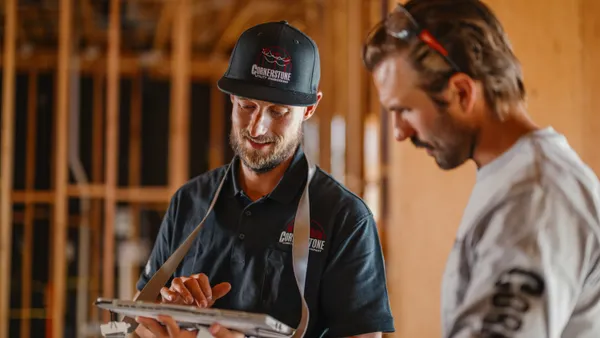Dive Brief:
- Researchers at Disney have developed quasistatic cavity resonance (QSCR) technology to wirelessly deliver kilowatts of power to mobile receivers within cabinets, rooms or even warehouses.
- A proof-of-concept demo determined that the use of QSCR in a 177-square-foot room could deliver power to receivers with 40% to 95% efficiency.
- According to the research team, up to 1900 kilowatts of power can be safely transmitted using wireless QSCR.
Dive Insight:
This isn’t wireless charging where someone places their smartphone on a powering pad that’s connected to a wall outlet with an AC cord. No, this is Magic Kingdom, walk into a room and have a passive magnetic field automatically juice up the gadget kind of wireless charging. Noting that corded charging stations are bereft of "geometric freedom," Disney researchers said wireless power transfer should be as simple as wireless data transfer, and just as safe.
For contractors, the benefit of QSCR charging is obvious, eliminating the need not only to plug and power tablets and smartphones, but ostensibly battery-equipped power tools as well. Passive power could even help tool OEMs develop lighter weight and more ergonomic products not dependent on battery weight. If the technology sees wide-scale adoption, it could also significantly alter electrical wiring in the built environment — if not minimizing behind-the-wall MEP systems, at the very least cutting down on the need for multiple room outlets.
Electromagnetic power transfer systems aren’t just for smaller electronics, either. Israeli startup ElectRoad is currently testing a sub-surface, electromagnetic system in TelAviv designed to power electric and autonomous vehicles to reduce reliance on charging stations.












